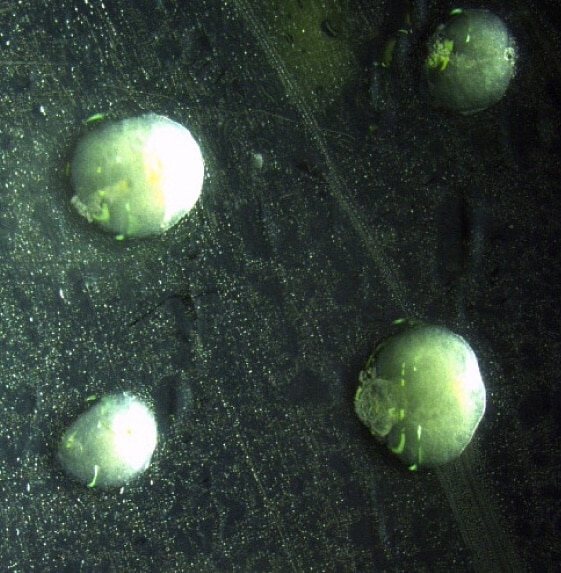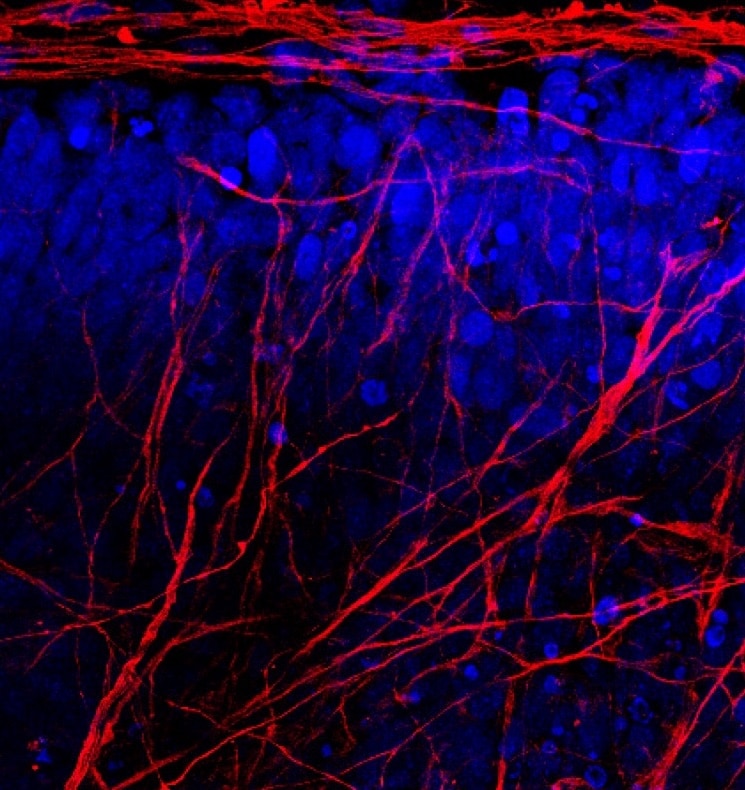Our Research
We’re decoding the complexities of autism by exploring genetic and phenotypic transitions to unlock new pathways for understanding.
Serum-Free Embryoid Bodies
Serum-Free Embryoid Bodies
Using brain organoid technology, we cultivate serum-free embryoid bodies to simulate the microenvironment of the developing brain in autism models. This approach enables us to observe and manipulate intercellular communication within a controlled system, shedding light on the complex signaling pathways associated with autism. By isolating and studying these interactions in a serum-free context, we aim to reduce external variables and gain precise insights into cellular behaviors that may contribute to autism’s neurobiological features.
Using advanced brain organoid technology, we cultivate serum-free embryoid bodies to simulate the microenvironment of the developing brain in autism models. This approach enables us to observe and manipulate intercellular communication within a controlled system, shedding light on the complex signaling pathways associated with autism. By isolating and studying these interactions in a serum-free context, we aim to reduce external variables and gain precise insights into cellular behaviors that may contribute to autism’s neurobiological features.

Controlled and Consistent Microenvironment
Brain organoids allow researchers to culture cells in a controlled, serum-free environment, minimizing variability and reducing the influence of undefined serum components. This enables more precise study of cellular behaviors and interactions relevant to autism research.
Enhanced Intercellular Communication Modeling
We can more accurately replicate intercellular communication within a three-dimensional structure, closely mimicking the cellular architecture of human brain tissue. This enhances the relevance and translational potential of research findings.
Reduced Immune Response Risk
Serum-free conditions decrease the likelihood of immune reactions within the culture, allowing for a more native-like model of human tissue that avoids the potential immunogenic effects associated with serum-based systems, ideal for long-term studies on neurological disorders like autism.
Improved Reproducibility Across Experiments:
By eliminating the variability introduced by serum, SFEBs enhance experimental reproducibility, making it easier to compare results across different studies and increase confidence in findings.
Facilitates Targeted Molecular Manipulation
Serum-free conditions allow for precise control over the introduction of specific growth factors, signaling molecules, or genetic edits. This makes it possible to isolate and study the impact of individual variables in autism-related pathways without interference from unknown serum factors.
An Ethical and Scalable Model
SFEBs provide an ethical alternative to animal models, allowing large-scale studies on human-like tissue structures without the need for animal testing. This scalability is valuable for high-throughput screening of potential therapeutic targets and compounds.
Genetics &
Neurobiology Research
Genetics &
Neurobiology Research
By mapping out specific gene expression and epigenetic modifications in patient-derived data, we seek to identify critical molecular targets for therapeutic development. In our neurobiological studies, we focus on the balance between inhibitory and excitatory neural pathways, a critical area in understanding autism’s neural circuitry. Through targeted modulation of these pathways, we explore novel methods to regulate brain signaling processes that may contribute to autism-related behaviors and symptoms. By targeting these signaling mechanisms, we aim to develop foundational knowledge that could support symptom alleviation and improve quality of life for individuals with autism.
By mapping out specific gene expressions and epigenetic modifications in patient-derived data, we seek to identify critical molecular targets for therapeutic development. In our neurobiological studies, we focus on the balance between inhibitory and excitatory neural pathways, a critical area in understanding autism’s neural circuitry. Through targeted modulation of these pathways, we explore novel methods to regulate brain signaling processes that may contribute to autism-related behaviors and symptoms. By carefully adjusting these signaling mechanisms, we aim to develop foundational knowledge that could support symptom alleviation and improve quality of life for individuals with autism.

